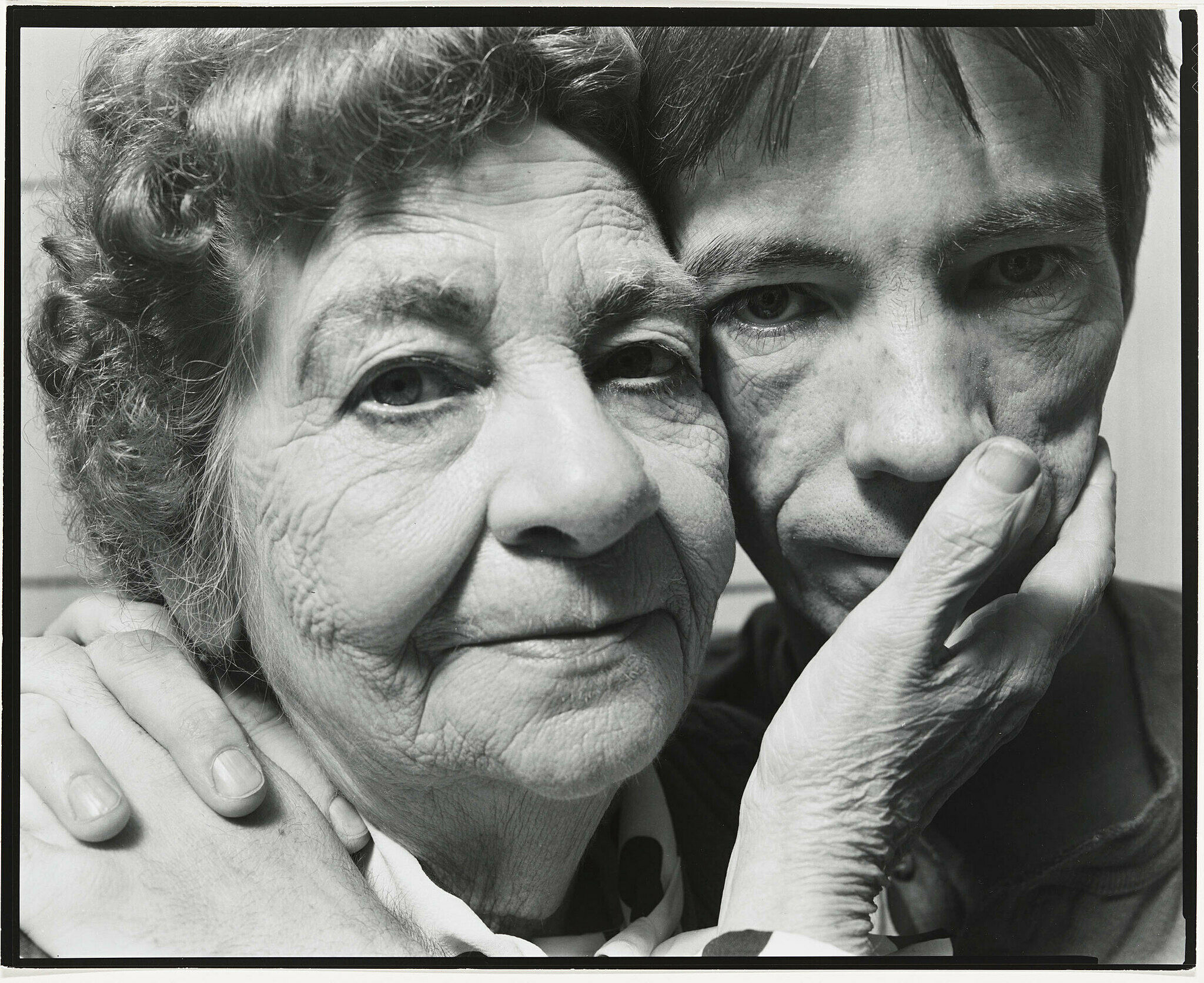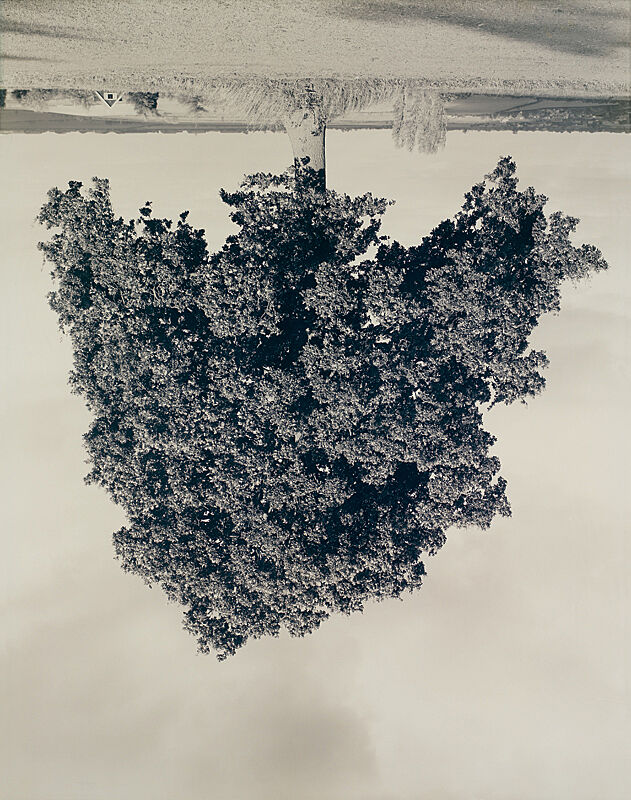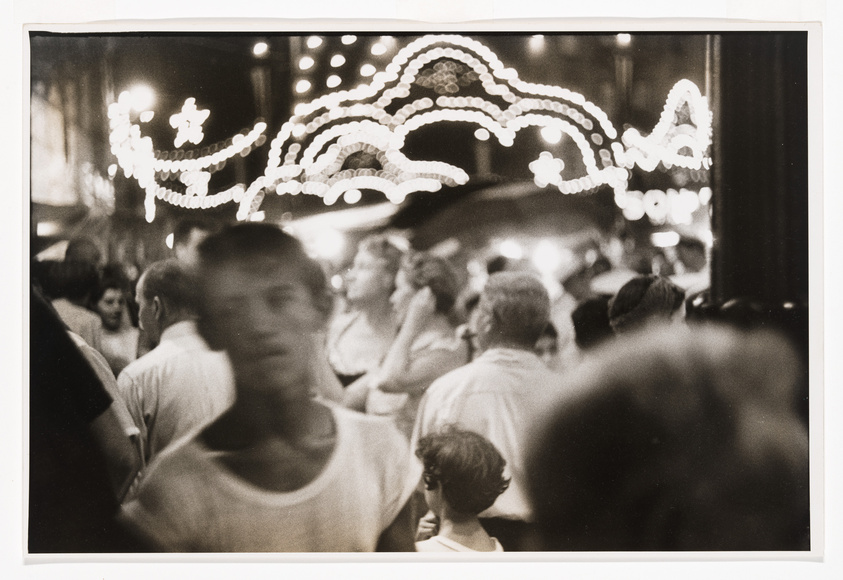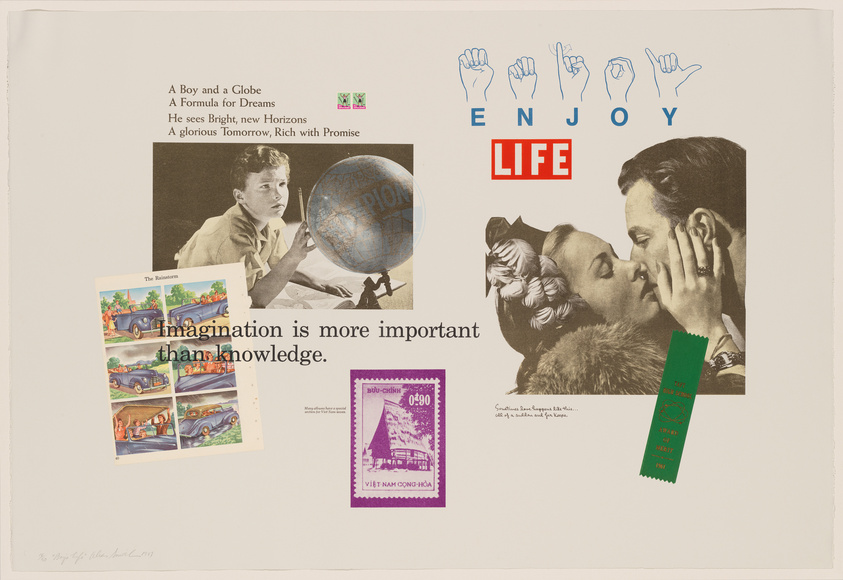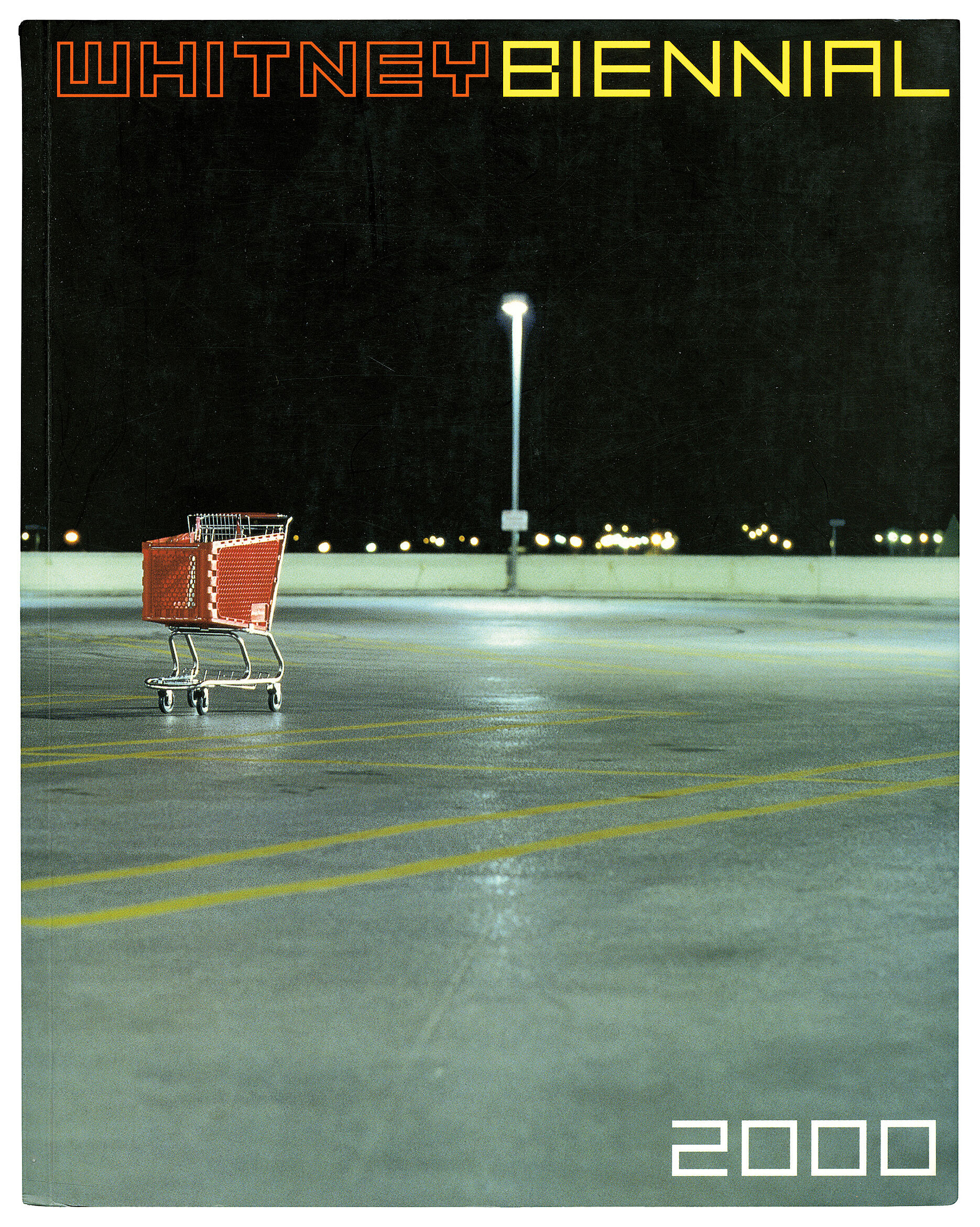Shirin Neshat
1957–
Shirin Neshat came to the United States in the mid-1970s to study art and, after completing her BFA and MFA at the University of California, Berkeley, was unable to return home because of the Iranian Revolution. Neshat settled in New York and after a twelve-year absence, returned to her country in the early 1990s. The impact of this visit inspired Neshat’s work on an ongoing body of photographs, videos, and films that speak to personal, social, religious, and gender-based issues within Neshat’s native culture and beyond.
Between 1998 and 2000, Neshat completed the trilogy of video installations Turbulent, Rapture, and Fervor, collaborating with the Iranian artist and filmmaker Shoja Youssefi Azari and the vocalist and composer Sussan Deyhim. Rapture consists of two videos projected on opposing walls. On one screen Neshat depicts a group of men, dressed identically in white shirts, participating in a series of collective rituals within the confines of a seaside fortress. On the second screen women, clothed in black chadors, are assembled in a desert landscape, and eventually make their way to a beach where they launch a small boat that carries six of them out to sea. The sound, composed by Deyhim, creates a mesmerizing effect as the two narratives unfold simultaneously. In this haunting allegorical work, Neshat presents men and women in distinctly different relationships to culture and nature—men appear confined within their culture, and women, by engaging with nature, are ultimately empowered to leave the boundaries of their culturally defined roles.
Introduction
Shirin Neshat (Persian: شیرین نشاط; born March 26, 1957) is an Iranian photographer and visual artist who lives in New York City, known primarily for her work in film, video and photography. Her artwork centers on the contrasts between Islam and the West, femininity and masculinity, public life and private life, antiquity and modernity, and bridging the spaces between these subjects.
Since the Islamic Revolution, she has said that she has "gravitated toward making art that is concerned with tyranny, dictatorship, oppression and political injustice. Although I don’t consider myself an activist, I believe my art – regardless of its nature – is an expression of protest, a cry for humanity.”
Neshat has been recognized for winning the International Award of the XLVIII Venice Biennale in 1999, and the Silver Lion as the best director at the 66th Venice Film Festival in 2009, to being named Artist of the Decade by HuffPost critic G. Roger Denson. Neshat was a visiting critic in the photography department at the Yale School of Art in 2020.
Wikidata identifier
Q262413
Information from Wikipedia, made available under the Creative Commons Attribution-ShareAlike License . Accessed December 20, 2025.
Introduction
American and Iranian video artist and photographer whose various works question the role of femininity in Islamic fundamentalist society and examine differences between the East and West. Her video works address the meaning of the chador and other veils and barriers in Islamic culture. Her work was included in the 2000 Whitney Biennial and the 1999 Venice Biennale.
Country of birth
Iran
Roles
Artist, cinematographer, painter, photographer, video artist
ULAN identifier
500114658
Names
Shirin Neshat
Information from the Getty Research Institute's Union List of Artist Names ® (ULAN), made available under the ODC Attribution License. Accessed December 20, 2025.


